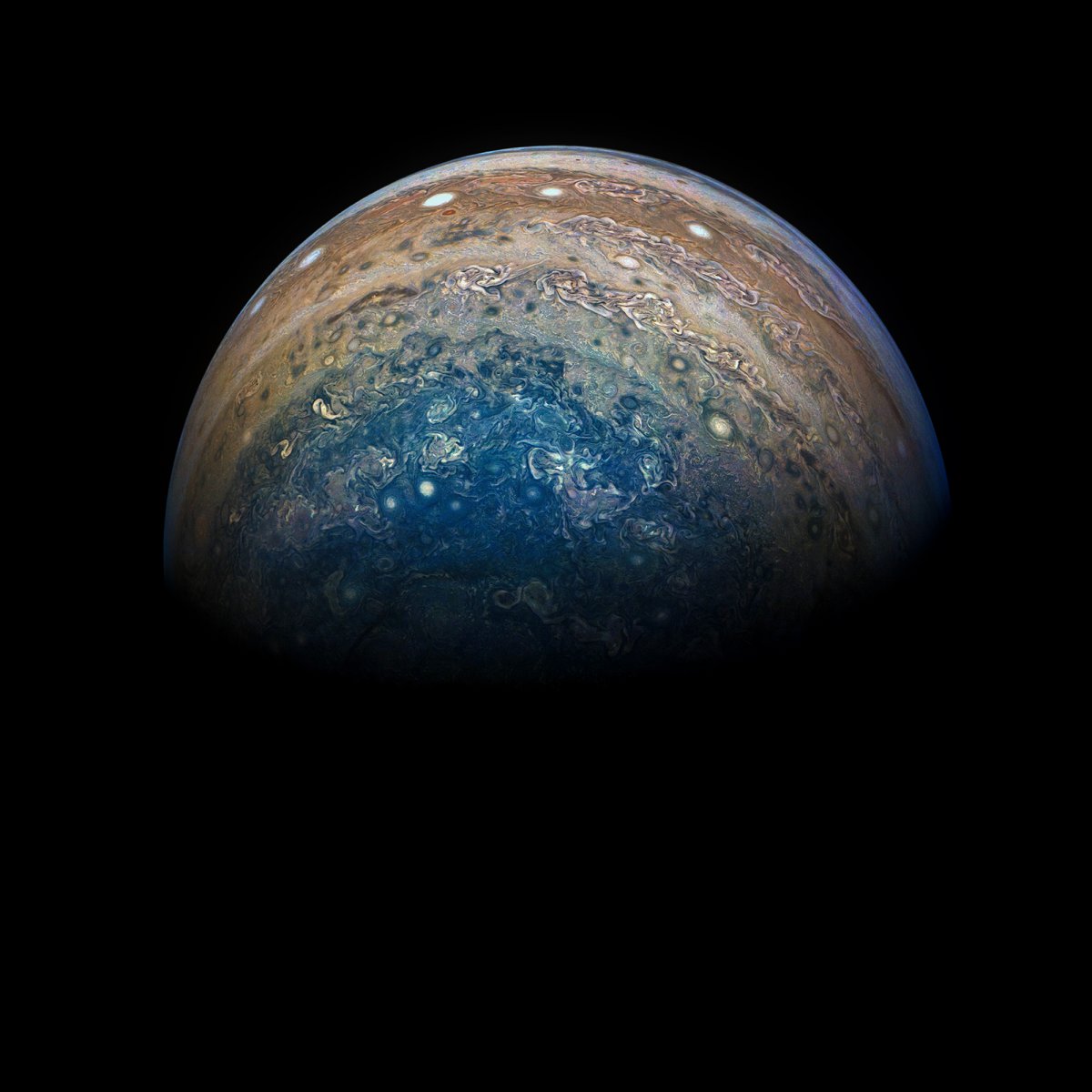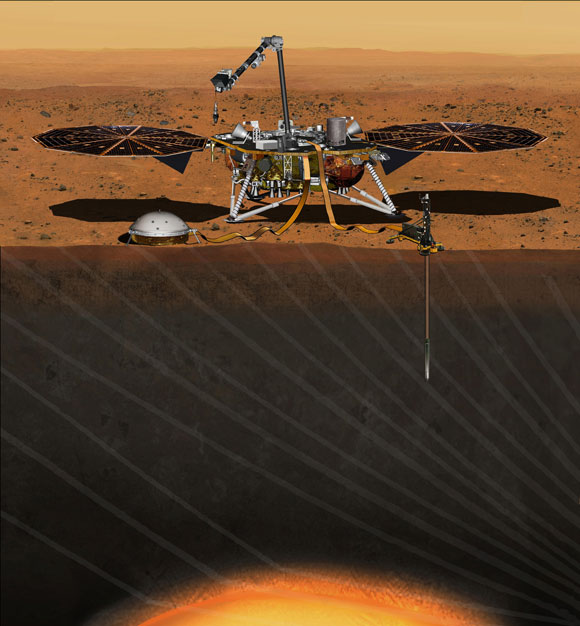
Visually, CEERS 1019 appears as three bright clumps, not a single circular disk. They turned to the images to explore why that might be. The team found this galaxy is ingesting as much gas as it can while also churning out new stars. “There are so many spectral lines to analyze!” Not only could the team untangle which emissions in the spectrum are from the black hole and which are from its host galaxy, they could also pinpoint how much gas the black hole is ingesting and determine its galaxy’s star-formation rate.

“Looking at this distant object with this telescope is a lot like looking at data from black holes that exist in galaxies near our own,” said Rebecca Larson of the University of Texas at Austin, who led this discovery. Webb’s data are practically overflowing with precise information that makes these confirmations so easy to pull out of the data. (CEERS 1019 may only hold this record for a few weeks – claims about other, more distant black holes identified by Webb are currently being carefully reviewed by the astronomical community.) Researchers have long known that smaller black holes must have existed earlier in the universe, but it wasn’t until Webb began observing that they were able to make definitive detections. Though smaller, this black hole existed so much earlier that it is still difficult to explain how it formed so soon after the universe began. This black hole is also not as bright as the more massive behemoths previously detected. (They are actively “eating” matter, which lights up as it swirls toward the black hole.) The black hole within CEERS 1019 is more similar to the black hole at the center of our Milky Way galaxy, which is 4.6 million times the mass of the Sun. Those behemoths typically contain more than 1 billion times the mass of the Sun – and they are easier to detect because they are much brighter. This black hole clocks in at about 9 million solar masses, far less than other black holes that also existed in the early universe and were detected by other telescopes. The program combines Webb’s highly detailed near- and mid-infrared images and data known as spectra, all of which were used to make these discoveries.ĬEERS 1019 is not only notable for how long ago it existed, but also how relatively little its black hole weighs. The evidence was provided by Webb’s Cosmic Evolution Early Release Science (CEERS) Survey, led by Steven Finkelstein of the University of Texas at Austin. Webb also identified eleven galaxies that existed when the universe was 470 to 675 million years old. Not only that, they’ve easily “shaken out” two more black holes that are also on the smaller side, and existed 1 and 1.1 billion years after the big bang. The galaxy, CEERS 1019, existed just over 570 million years after the big bang, and its black hole is less massive than any other yet identified in the early universe. Researchers have discovered the most distant active supermassive black hole to date with the James Webb Space Telescope. These initial findings suggest that less massive black holes and galaxies might have been more common in the early universe than previously proven. CEERS researchers also identified two more small black holes in the early universe, along with almost a dozen extremely distant galaxies. It is on the smaller side, more similar to the mass of the supermassive black hole at the center of our Milky Way galaxy than to the extremely large “monsters” we’ve glimpsed before with other telescopes. Researchers behind the Cosmic Evolution Early Release Science (CEERS) Survey are among the first to begin plucking these bright, extremely distant objects from Webb’s highly detailed images and data.įirst up: The most distant active supermassive black hole ever found – just over 570 million years after the big bang. Researchers have long known this, but less massive black holes that existed in the early universe were too dim to detect – that is until the James Webb Space Telescope began taking observations.


It’s a bonanza! The universe is absolutely teeming with black holes.


 0 kommentar(er)
0 kommentar(er)
